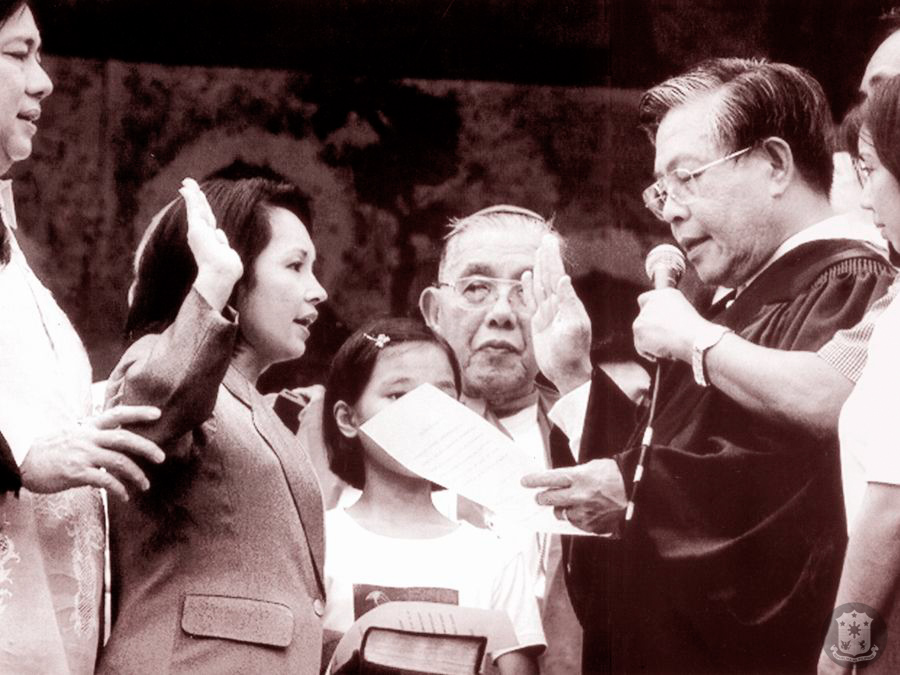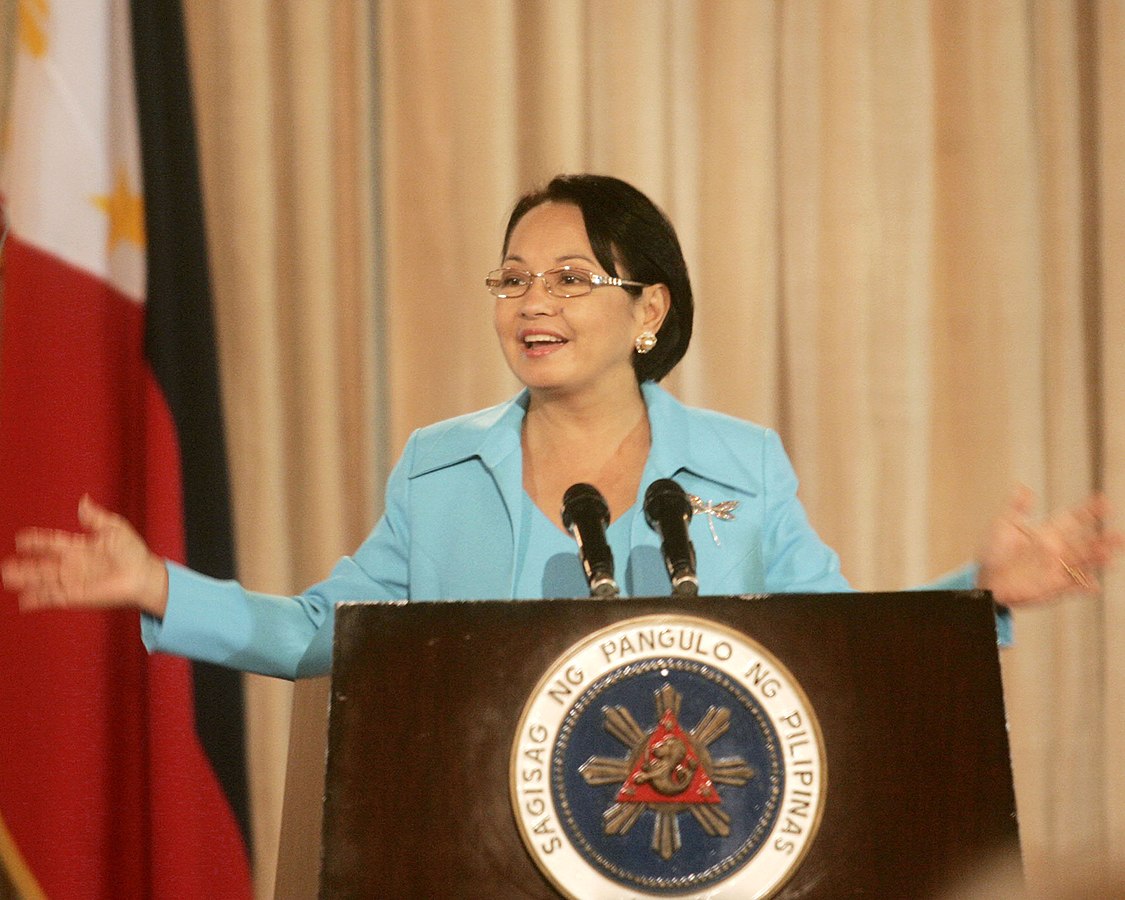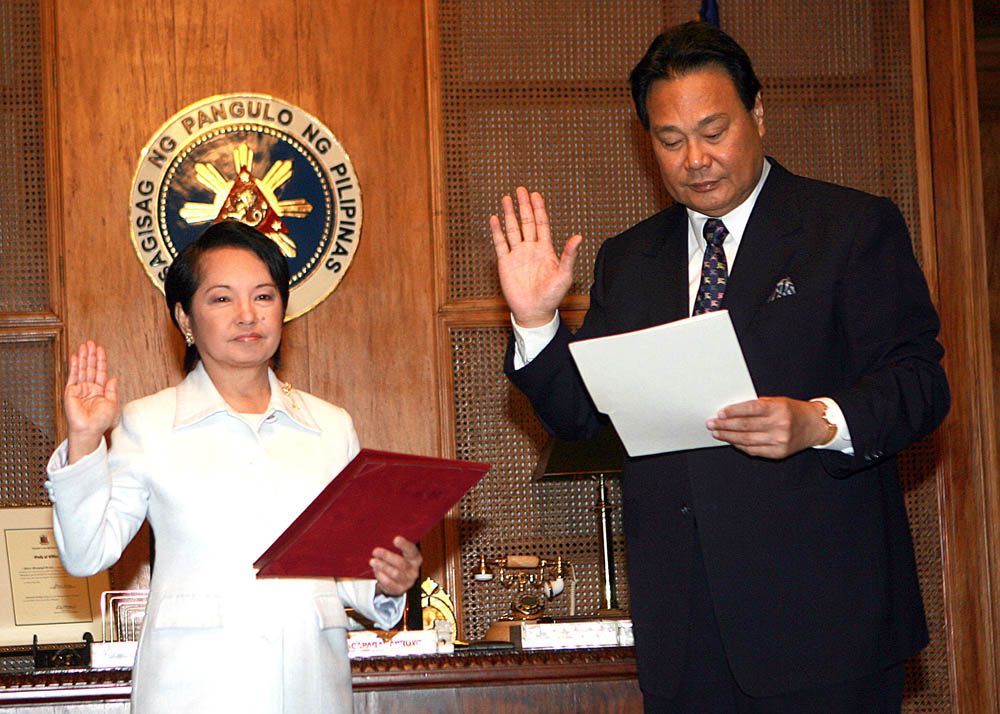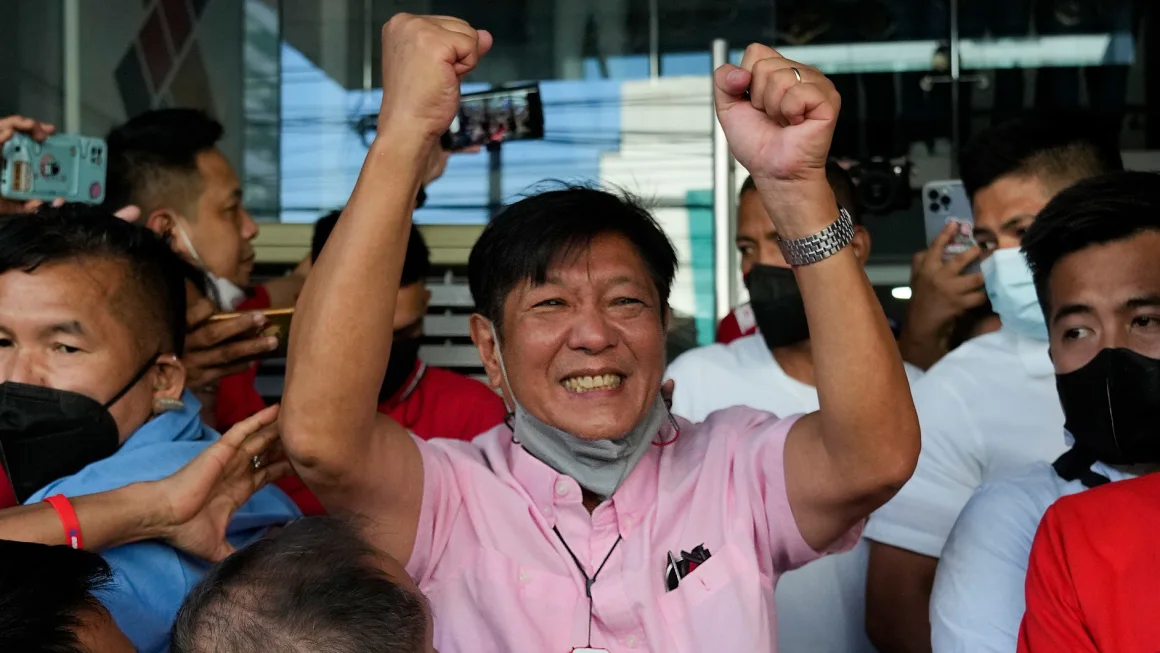
Since its victory against the Marcos dictatorship in 1986, and its successful ouster of President Joseph “Erap” Estrada in 2001, the Philippines has become a bastion of democracy within the authoritarian bowl of Southeast Asia. Now, three presidents after, this reputation of people power and democracy lies on very thin ice.
Tumultuous would not suffice in encapsulating the volatile nature of Philippine politics. The political climate of this country, like any other democratic nation, has always been polarizing – especially being situated in the Southeast Asian region where democracies are not known to survive the way Philippine democracy has. Institutionally, the country features a unitary presidential form of government; allowing the office of the President – the country’s chief executive – significant control over the country’s bureaucracy, the military, and other executive bodies.
Such is the power of the President’s influence that it spills over to other separate branches; the bicameral legislature, along with the presidentially-appointed Supreme Court. The President, therefore, becomes the Pangulo: a chief executive that reigns supreme over other branches of the government, and a Pangulo regime: the institutionalized system of governance that puts the executive branch above all other instrumentalities of the Philippine government. As such, the Philippine President has been the object of study among eminent political scholars; especially because of its vast power over the country’s political state.
The tale of two EDSAs
Since the ouster of Ferdinand Marcos Sr., succeeding Presidents, such as Cory Aquino and Fidel Ramos, have managed to maintain the democratic nature of Philippine governance, until former President Estrada’s term and subsequent removal from office during the EDSA 2 Revolution. It is logical to expect that such removal due to heightened civil society pressure would instigate democratic consolidation. However, Estrada’s successor, Gloria Macapagal Arroyo, would then usher in the slow yet strategic degradation of democracy that the EDSA 1 Revolution has tried to restore – starting the corrosion of democracy in the Philippines during the post-EDSA era.
The succeeding developmentalist regime of the Aquino III administration would then usher in a “halt” in this erosion; only to be continued by the succession of President Rodrigo Duterte. And now, here we are: with a Marcos back in power, uprooted democratic norms, and the Philippine democracy in shambles.
What happened after: Gloria Macapagal Arroyo’s succession
The jubilant atmosphere post-EDSA 2 was followed by an avalanche of sorrow for Philippine democracy. Gloria Macapagal Arroyo has managed to lay waste on Philippine democratic institutions faster than Ferdinand Marcos Sr. during her nine years as President. Arroyo’s attempts to bypass the constitutional checks plagued her term. She bypassed the policymaking powers of Congress by enacting Proclamation 1017 – a supposed response to an alleged coup against her, which subjected the entire country under state of emergency, granting Arroyo sweeping powers over warrantless arrests weaponized to silence dissent from key opposition figures of her term.

Her infamous “Hello Garci” scandal also proved to be a turning point during her presidential term; with a Supreme Court stacked with Arroyo loyalists, the two-time president showed cunningness to sidestep the rule of law and democratic processes to gain power. Even past her term, the same court acquitted her of plunder cases filed during Aquino III’s term – successfully eluding accountability.
Arroyo instilled a climate of fear and censorship towards civil liberties. Journalist death tolls reaching 103, including the 32 killed in the Maguindanao massacre in 2009. Her military right-hand, Jovito Palparan, also left a bloody trail of dead bodies; with human rights groups claiming about 800 activists and human rights defenders killed during her term.
Arroyo’s blunders against democracy became fuel to the victory of Benigno “Noynoy” Aquino III’s presidential campaign. Noynoy, the eldest child of Ninoy and Cory Aquino, used the collective grief from his mother’s recent demise, and the palpable anger from Arroyo’s inefficiency and corruption, to sweep the 2010 Presidential Elections. As Arroyo’s successor, he inherited a Philippine government filled with military appointees, major clientelism and corruption in the civil service, a pro-Arroyo Supreme Court, and a country distrustful of its government.
Noynoy Aquino’s “cuts” to Philippine democracy and Duterte’s rise
Aquino pursued institutional reforms to restore transparency and accountability, pursuant to his “Daang Matuwid” campaign rhetoric. He advocated for the passage of a Freedom of Information (FOI) bill, which aimed to revitalize citizenship participation in exacting accountability on governance. His term was aggressive towards holding Arroyo accountable; in 2012, the Ombudsman filed a 366-million plunder suit against the Gloria Arroyo, with the Sandiganbayan ordering an arrest warrant against her months later. In 2014, Palparan, who was dubbed Arroyo’s berdugo, was arrested for illegal detention and kidnapping cases for the sudden disappearance of two UP student-activists. It was also during Aquino’s term when the controversial impeachment of former Chief Justice Renato Corona happened – a double-edged sword that paved the way for executive overreach in the solitary judicial branch.

In 2012, the Congress impeached Chief Justice Corona from his post due to corruption and non-disclosure of assets – setting a major precedent on executive-judicial relations in the Philippines. The Congress, with Aquino’s Liberal Party commanding a majority in both Senate and House of Representatives, succeeded to remove the highest Court official in the country; a hallmark of a spillover of political influence from the executive to the legislature against the judiciary.
Corona’s impeachment was allegedly a political move from the President himself. Corona himself stated that the impeachment raps filed against him in 2011 was borne out of revenge – triggered by the decision of the high court ordering the Hacienda Luisita Inc. (a landholding firm of the Cojuangco-Aquino clan) to redistribute the estate to farmer beneficiaries under the Comprehensive Agrarian Reform Program (CARP). The impeached chief justice, however, have also been allegedly conspiring with former president Arroyo; issuing restraining orders on government investigations and prosecution towards Arroyo’s corruption charges, and deciding favorably for Arroyo in cases that involve his appointer.
Despite those, Aquino’s maneuvering of Corona’s impeachment shaped the reality of his successor’s executive-judicial landscape. With the high court packed with Aquino appointees, Duterte did not waste time scheming then Associate Justice Maria Lourdes Sereno’s downfall, which led to the latter’s ouster from her de facto Chief Justice post, and the Supreme Court altogether.
These constant assaults against the formal and informal institutions of democracy from the past two presidents set the backdrop for the strongman presidency of Rodrigo Duterte. The populist Davaoenian president, whose campaign centered around the War on Drugs, then inherited a relatively stable yet elite-riddled government, with a political culture marred by harassment, violence, and intimidation towards political opponents and the press. Arroyo and Aquino’s persistent bouts of executive overreach has created a political space for Duterte to ultimately push his executive agenda beyond the constitutional mechanisms of the separation of power – from his declaration of the War on Drugs to the bloody extrajudicial killings (EJK) that followed in its wake.
The Marcosian comeback
The Marcosian comeback in Malacañang bids more democratic erosion to occur; capitalizing on the reinvigorated familial fame – along with the appeal of the senior Marcos’s whitewashed authoritarian rule. Marcos Jr. is collecting the gains of the degraded democracy that ousted his father once before; exploiting his Congressional stronghold, just as Aquino III did, while navigating through the constraints of a Duterte-appointed Supreme Court.

Source: CNN
Recent attempts to open the 1987 Constitution for revision exposes the country to the political machinations of a Marcos-majority Congress. Police intrusion against critical academic institutions, and constant arrest and intimidation of dissident organizations, also raise alarms on civil liberties. With a weakened media, prevalence of disinformation, and a fragmented political opposition – the Philippines traverses another tumultuous time, teetering between the brink of democratic collapse and into competitive authoritarianism.

Hi Zed!
This is a comprehensive outlook on the pro/regress of the Philippines when it comes to post-1986 democratization project. Indeed, the arguments garnered by your article point to the idea of a sustained erosion of democratic institutionalization, marked by prevalent corruption, curtailed institutional checks, and rampant utilization of police power to silence dissent. However, I find that the continuation of the discussion on the Marcos Jr. Administration is relevant to this article, as his presidency seems to veer away from the populist-authoritarian order set by his predecessor Duterte. The breakdown of UniTeam threatens the survivability of the Dutertes in the national political scene, and part of the president’s strategy is holding into account the numerous human rights violations and extralegal procedures sanctioned by his predecessor’s administration. It cannot be denied too that Marcos Jr., in his attempt to differentiate his administration from Duterte, is somewhat reverting more to a balanced and collectivist form of leadership, marked by lesser coercive intrusions and the decentralization of power within crucial state institutions like the judiciary and the legislative. Some are even saying that Marcos is going back the the regime order of his other predecessor, the late Noynoy Aquino.
It’s a good thing to expand the discussion by pondering through with this question: with Marcos Jr. consolidating various political forces and strategies to curtail the influence of the Dutertes, is the Philippines encountering a reversal of its route towards autocratization, or is it leaning towards being just a short-term survival ploy by the president to maintain his power?
Hello Niñalga! Your analysis of the country’s political landscape and the erosion of democracy is thorough and sobering. It highlights the significant role of executive powers in shaping the Philippines’ democratic trajectory and emphasizes the weakening of checks and balances essential for democratic governance. It also underscores the pervasive influence of having associates in power during each regime, revealing the weakness of institutions and bureaucracy in the country. It is especially disconcerting to realize that the system has been bypassed one too many times, creating space for extreme executive overreach that allowed Duterte to exercise power beyond constitutional mechanisms. The extrajudicial killings were not only attributable to one person coming into position but were years in the making and it was already too late to stop once it started happening. It is disconcerting to realize that every regime had death tolls and many were journalists.